Recently, I've noticed what seems to be a significant increase in odd animal behavior - particularly, very recently. I'll only talk about marine life here, though similar weirdness is affecting other animals and insects of the world. Let's begin with a few reports from the start of this month.
Rare and unknown fish popping up everywhere. What in the world is going on with that?
On May 1st, there was a report of a rare, nearly 7-foot-long, 100-pound Atlantic sturgeon found along the Connecticut River.On May 3rd, shrimp fishermen caught a goblin shark off Key West, Florida. The Goblin Shark is a species thought to swim only in deep waters off Japan and the Gulf of Mexico. These strange creatures are so rarely seen that this was only the second known sighting in the area. The first ever sighting was 10 years earlier.
A very strange-looking creature for sure.
Stranger still (maybe strangest of all) was a report on May 4th of an unidentified fish-like creature with huge teeth found on a South African beach. There is speculation that the creature may be some kind of mutated species. Whatever it is, it's certainly bizarre.On the same day, a fisherman caught what is believed to be a rare deep sea-dwelling 'Rhinochimaera' near Pamban, India.On May 8th, an extremely rare female deep-water megamouth shark was caught off the coast of Shizuoka, Japan. It is believed to be only the 58th known sighting of the animal on record, and only the 13th off of Japan.Possibly related, on May 13th, on the other side of the Pacific, 650 emaciated and dehydrated sea lion pups washed up on the Californian coast over a two-month period, continuing a pattern from last year. The article states:
A new report from the National Oceanic and Atmospheric Administration (NOAA) all but eliminates disease as a cause of the problem that saw another 1,600 pups stranded on beaches between January and April last year. While it does not settle on a single culprit, the report points a long finger at the decline of sardines in the region, a primary source of nourishment for sea lions.The article goes on to say that an assessment found that sardine populations had collapsed 74% since 2007. So, if loss of sardines is starving the sea lions, what's happening to the sardines?
On May 16th, a rare deep-sea Lancetfish (with very sharp teeth) was found washed ashore in North Carolina. On the same day, a monster jellyfish visited the beaches of southwest Wales, very far north of its native habitat in the warmer waters of the Mediterranean.On May 17th, a very unusual and unidentified fish was caught off a pier in Pensacola, Florida. The news report confidently states that "researchers will confirm the ID of the species", although they may have to search paleontological records since eyewitnesses said that it looked "prehistoric".Lastly, on May 18th, a deep sea-dwelling melon-headed whale was rescued near Brunswick Heads, Australia. He was released back into deep water, but returned to shore soon after and beached himself again.
On top these sightings of rare and deepwater fish, there were also several reports of whales washing up dead:
May 6, 2014: Dead whale drifts into port of Felixstowe, UK
May 7, 2014: Dead sperm whale rotting on Cape St. George shoreline, Newfoundland
May 13, 2014: Dead whale found floating in Delaware River, Philadelphia
May 15, 2014: Humpback whale washes ashore at Öffersey, Iceland
May 15, 2014: 20-tonne southern right whale carcass beached near Cape Town, South Africa
May 16, 2014: Dead humpback whale found at Pareora Beach, New Zealand
You could say that dead whales aren't such an unusual occurrence, and, granted, some of the whales might have been caught in fishing line or struck by a boat, as some articles suggest, but when we consider the ever-increasing number of instances like these in recent years and the conditions surrounding them, along with all the reports of other marine die-offs and odd behavior, it doesn't seem plausible that fishing accidents can account for all of the cases. Death by natural causes, the Fukushima nuclear accident, and the BP oil spill disaster might also account for some incidents, though again, not likely all. When we put all of the data together, it sounds like something very strange is going on down there in the deep.
When reading about all of this, the formerly 'rare' deepwater oarfish (a.k.a. 'earthquake fish') sightings come to mind. Oarfish are normally found at depths between 650 and 3,000 feet, and when seen near shore, are thought to be precursors of earthquakes. The Japanese tend to get very spooked when they see these fish in their waters or on their beaches, and with good reason. In the year leading up to the devastating 2011 Tohuku earthquake and tsunami, between 10 and 20 of the deep sea creatures washed up dead along the coast of Japan. So when two oarfish washed up on a Southern California beach in October 2013 locals were naturally a bit concerned. Both specimens reportedly had no visible signs of injury or disease, leading experts to speculate that they may have been driven to the coast by an "underwater disturbance".
Rachel Grant, a lecturer in animal biology at Anglia Ruskin University in Cambridge, said there might be some truth to the Japanese legend, and she has begun a study to test the idea. "It's theoretically possible because when an earthquake occurs there can be a build-up of pressure in the rocks which can lead to electrostatic charges that cause electrically-charged ions to be released into the water," Dr Grant said. "This can lead to the formation of hydrogen peroxide, which is a toxic compound. The charged ions can also oxidise organic matter which could either kill the fish or force them to leave the deep ocean and rise to the surface."Already in 2014, there have been oarfish sightings on the coasts of Mexico and Japan:
Another possibility is that prior to an earthquake there is a release of large quantities of carbon monoxide gas, which could also affect oarfish and other deep-sea creatures, Dr Grant said. "The geophysical processes behind these kinds of sighting can happen before an earthquake. I will be watching California closely over the next couple of weeks," she added.
January 2014, Japan: Something amiss in the ocean depths? Rare Oarfish washes up on beach in Japan
April 2014, Mexico: Rare footage shows two live oarfish swimming near the shore
While the connection between oarfish and earthquakes is popularly described as 'ancient Japanese lore', there is nothing mythical about the fact that April 2014 saw a record-breaking increase in earthquakes around the world:
According to the Pacific Tsunami Warning Center (PTWC), which issues alerts for tsunamis, there were 13 major earthquakes in April. Five were higher than 7.8, which prompted tsunami warnings.And:
There were isolated larger-than-normal quakes all over the world - in Nicaragua, Mexico, Canada, and even an unusual one in the South Atlantic. The Centre gave no indication to what might have been behind the huge change in seismic activity.The article goes on to say that 'fracking' could be responsible for some of the increase in seismic activity. Then again, scientists tend to want to blame everything on human activity because it bolsters the illusion that we (or the 'authorities') are in control of events on our planet, even events that have a negative impact. The very last thing 'they' want to admit to is that there are forces at work about which they know little, and can control even less, because it tends to make them appear not so authoritative after all. And if the authorities are powerless, who do the people look to for protection?
Earthquakes and...
If earthquakes and related natural gas seeps, which can create dead zones and force sea life migrations, could be at least partially responsible for driving these animals from their natural habitats, it seems logical that undersea volcanoes also play a significant role. In May 2014, the sea floor under the Mariana Islands in the Pacific Ocean saw a record high level of seismic activity and eruptions:
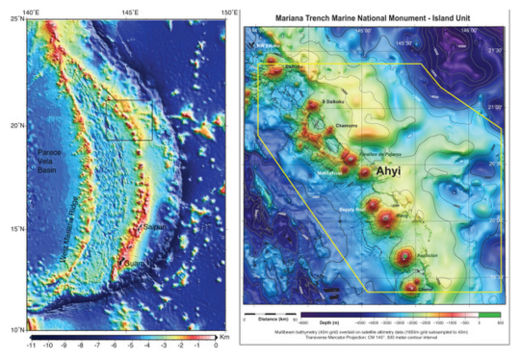
The seismic signals almost certainly herald an eruption. In fact, submarine explosions were heard by scuba divers who are conducting coral reef research in the area. The divers even felt the shock waves from the explosions, and one of the most powerful ones reverberated through the hull of the NOAA base ship, Hi'ialakai, leading the crew to think something had happened to the ship. Shipboard personnel also reported a large sulfur slick on the southeast coastline of Farallon de Pajaros.Another undersea eruption, also in May and also in the Pacific, spawned a new island: Baby volcanic island 'eats' its older neighbor as Pacific Ring of Fire continues erupting at unprecedented rate
The 'Kick'em Jenny' volcano in the Caribbean has also been threatening to kick off, posing a tsunami risk to the US coast.
If exploding ice is your thing, there's the active volcano underneath Antarctica that could erupt at any moment.
Speaking of Antarctica, you might want to read Sott Editor Aeneas Georg's recent Focus about the alleged 'Antarctic ice melt' : Antarctica, is it melting or not? Man-made global warming can't explain this climate paradox.
The Ice Age Connection
Other factors that undoubtedly affect the behavior of sea creatures are water temperature and current changes. Some of the deeper layers of the ocean appear to be warming (likely due, at least in part, to underwater volcanism) while the upper layers appear to be cooling. There has also been a significant decline in strength of the Atlantic Ocean currents in the past decade, which has led to a cooling of the subtropical Atlantic.
Scientists think that the AMOC [Atlantic meridional overturning circulation] might be subject to abrupt changes that have probably played a part in ancient climate events, such as the sudden temperature swings 18,000 to 80,000 years ago during the last glacial period. The AMOC's main engine - the sinking of cold, dense water to the bottom of the North Atlantic - has been identified as a potential 'tipping element' in Earth's climate system, in which small climate perturbations could push the system past a critical threshold, with potentially large consequences for humans and ecosystems.This is particularly interesting (and worrying) because solar activity is also in decline, and low solar activity is associated with ice ages.
The sun goes through a regular 11-year cycle with a maximum, when sunspot activity is at its peak, followed by a minimum when sunspot numbers are reduced and are smaller and less energetic. We are supposed to be at a peak of activity, at solar maximum.From another article on the same topic:
The current situation is outside the norm and the number of sunspots seems in steady decline, according to Dr Craig DeForest of the American Astronomical Society. "The sun's current maximum activity period is very late and very weak, leading to speculation that the sunspot cycle itself could be shutting down or entering a dormant phase." the sun is undergoing "bizarre behaviour" DeForest said.
According to Professor Lockwood the late 20th century was a period when the sun was unusually active and a so-called 'grand maximum' occurred around 1985. Since then the sun has been getting quieter.Bizarrely, the article goes on to state:
By looking back at certain isotopes in ice cores, he has been able to determine how active the sun has been over thousands of years. Following analysis of the data, Professor Lockwood believes solar activity is now falling more rapidly than at any time in the last 10,000 years. He found 24 different occasions in the last 10,000 years when the sun was in exactly the same state as it is now - and the present decline is faster than any of those 24. Based on his findings, he's raised the risk of a new Maunder minimum from less than 10% just a few years ago to 25-30%.
It is worth stressing that most scientists believe long term global warming hasn't gone away. Any global cooling caused by this natural phenomenon would ultimately be temporary, and if projections are correct, the long term warming caused by carbon dioxide and other greenhouse gases would eventually swamp this solar-driven cooling.Temporary cooling? Global warming to the rescue? Really?! How in the world can they say that when they just admitted that the present decline in solar activity is faster than observed over the last 10,000 years and they don't really know what's going on?!? Besides, the basic premise of man-made global warming is "not even wrong."
The simple fact of the matter is that there has been no sign of global warming for over 17 years, just as the sun has been going quiet. Don't expect mainstream media pundits to admit that any time soon, regardless of the facts. Their job is to parrot the official government line that "global warming is the cause of all the bad things that are happening or could ever happen to our climate/biosphere, and humans are responsible". As I noted, they really are reluctant to admit that they can do nothing to protect people from the effects of a macro-scale change in our climate, and indeed, the entire planetary 'system' (on all levels, it seems).
Another clue that needs to be factored in to this mystery is the major increase in weird weather events and global storms. One article from a few days ago states that tropical storms are expanding their territory and reaching peak strength nearer the poles. In addition, trade winds are accelerating and the Southern Ocean winds are blowing their strongest in 1,000 years, trapping cold air over Antarctica as they strengthen.
What boggles my mind is the fact that it is well-known to climate scientists that, during the last Little Ice Age, storm activity increased by 85% and the incidence of severe storms rose by 400%. The same pattern is happening right now, along with general chaos and extreme weather across all areas of our climate and biosphere. And yet, rather than paying attention to the wide variety of strange animal behavior and its connection to environmental chaos, the only animal most scientists appear to be taking a lesson from is the ostrich, and its proverbial propensity to stick its head in the sand.
The fact remains that there is a lot of hard evidence suggesting that, far from 'global warming', we're already in the process of entering a new ice age (which could end up being a lot bigger than the last one), accompanied by increasing cataclysmic activity such as major destructive storms, earthquakes, and volcanism, among other 'anomalous' goings-on all over the planet. So no wonder the animals are behaving strangely. Maybe they're trying to tell us something important. The question is, is anyone listening?
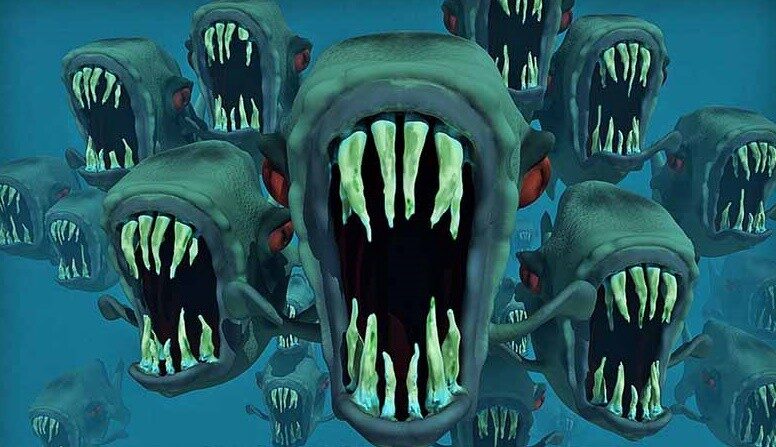
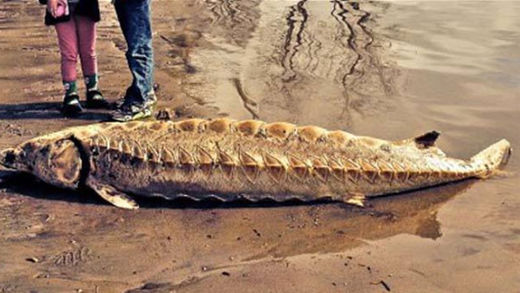
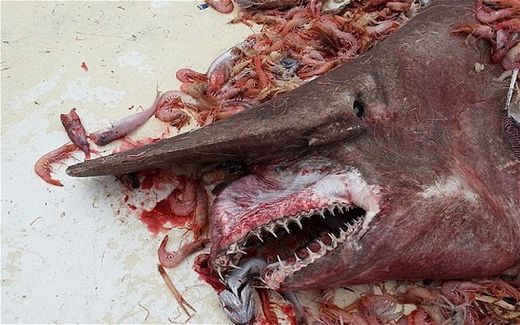
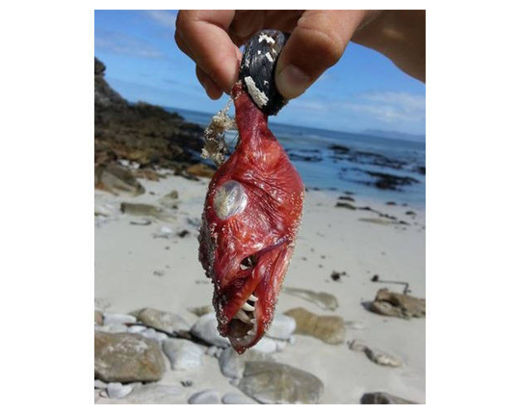
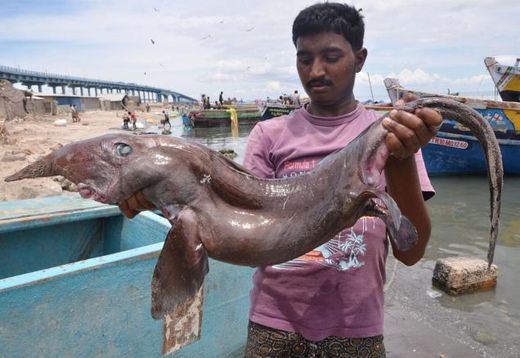

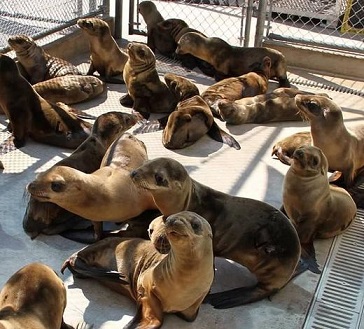
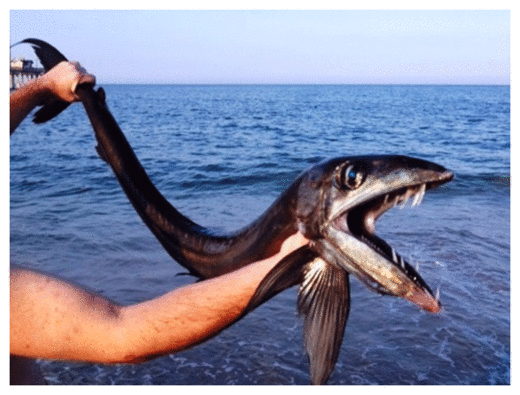

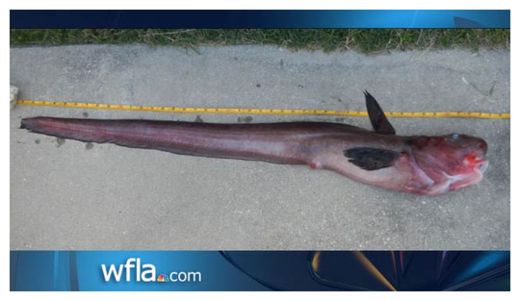
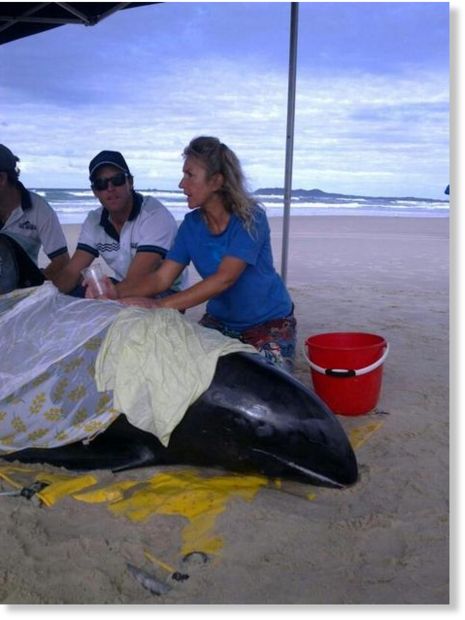
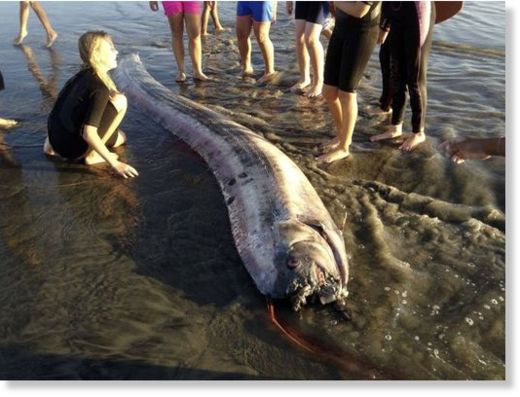
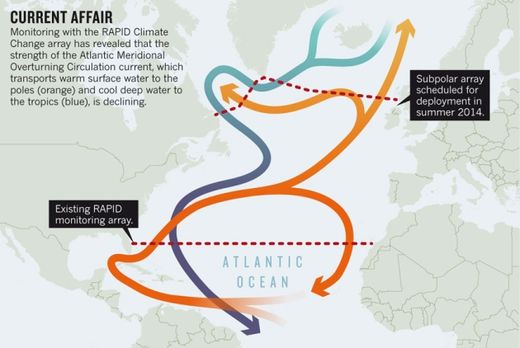
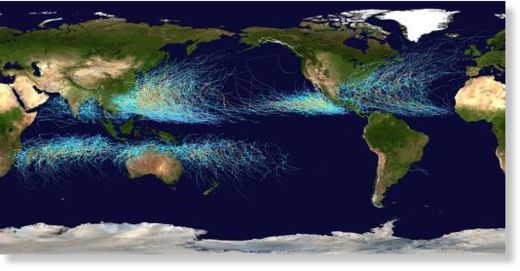
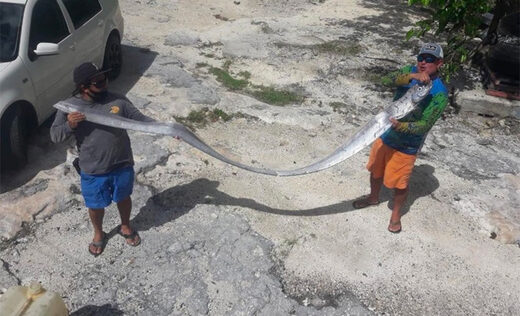



I was just talking with my friend about how I've been cherishing the warm summer weather as much as possible because I'm not very confident that summer will be a regular occurrence in the future. Nice job Anna, very well thought out.